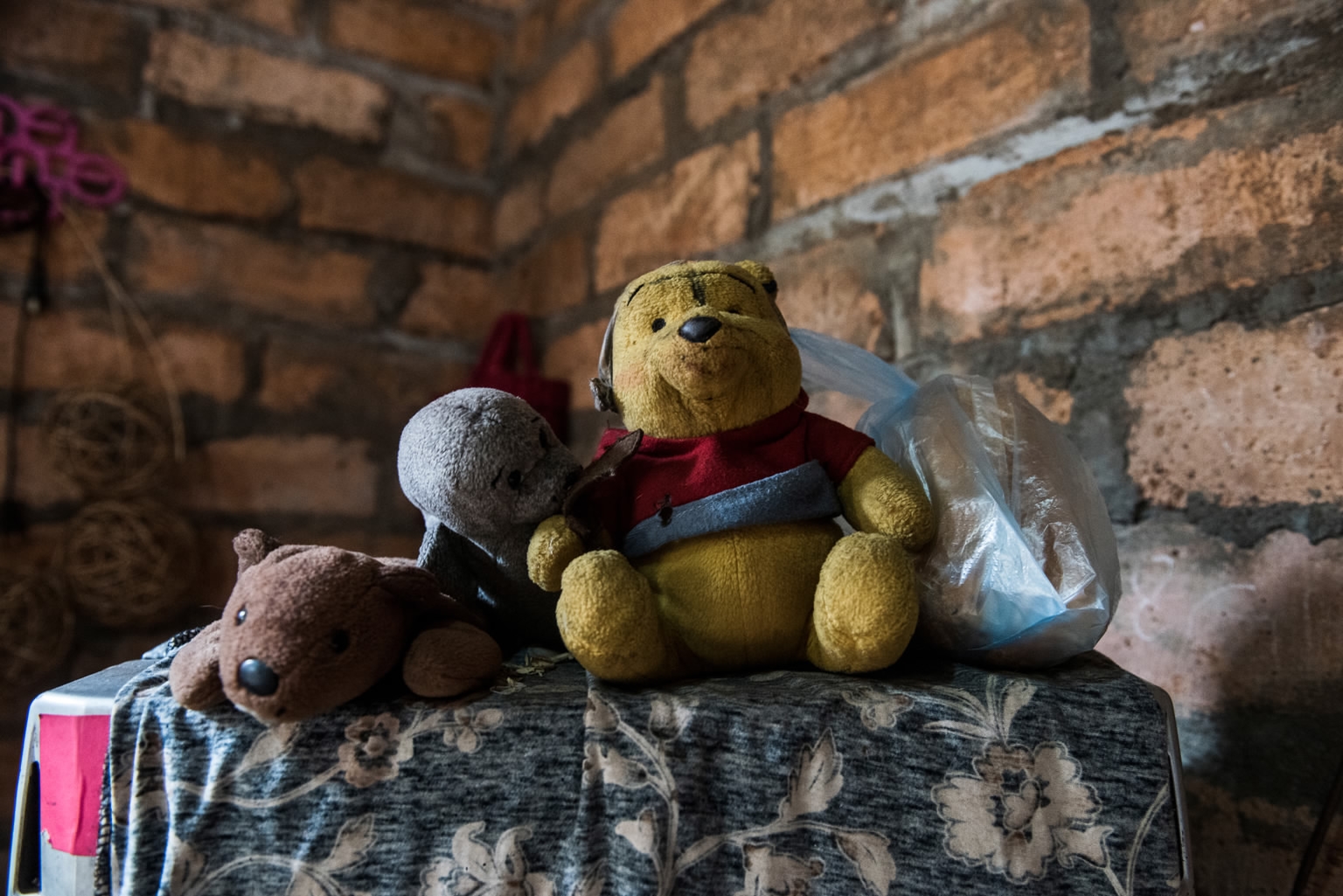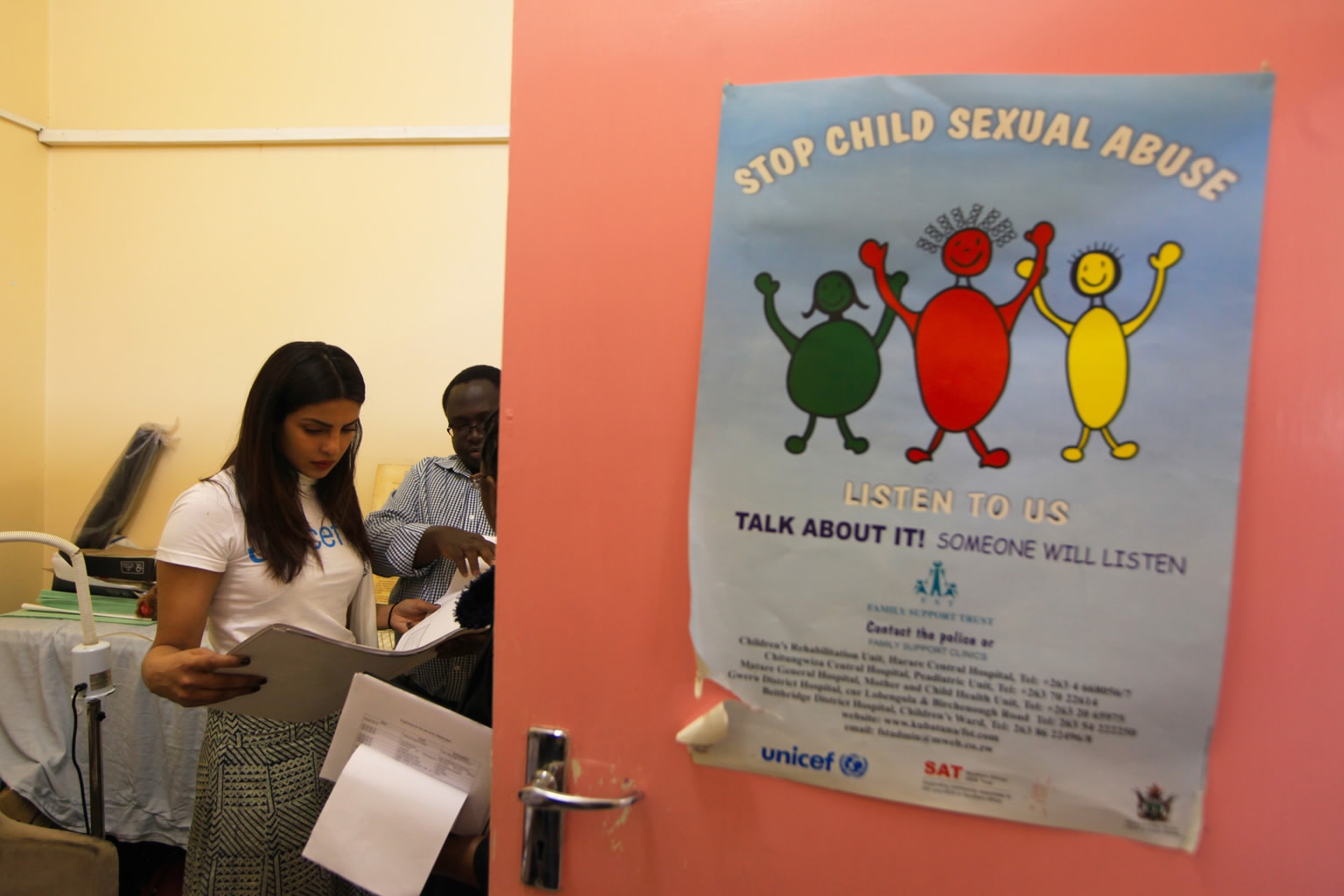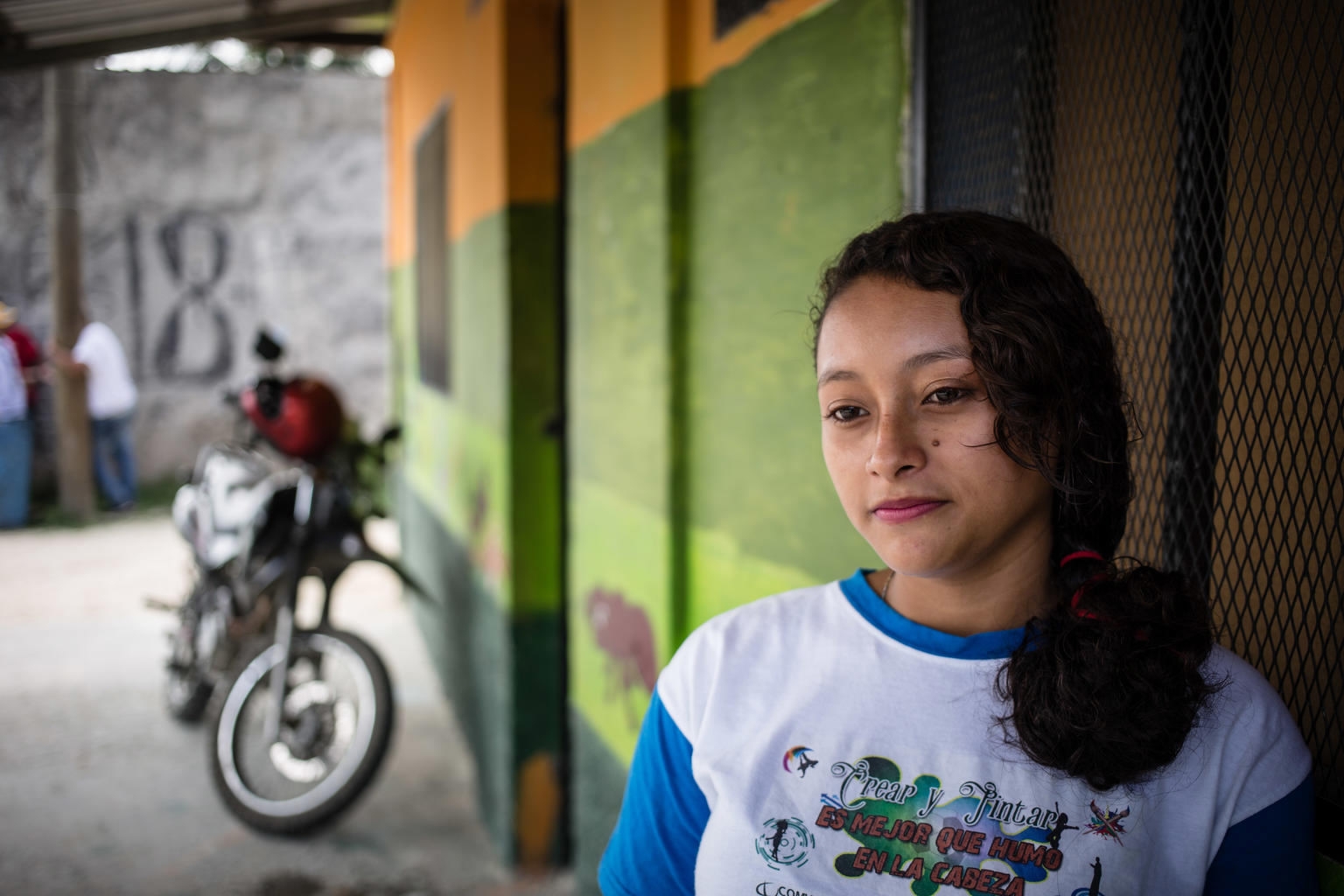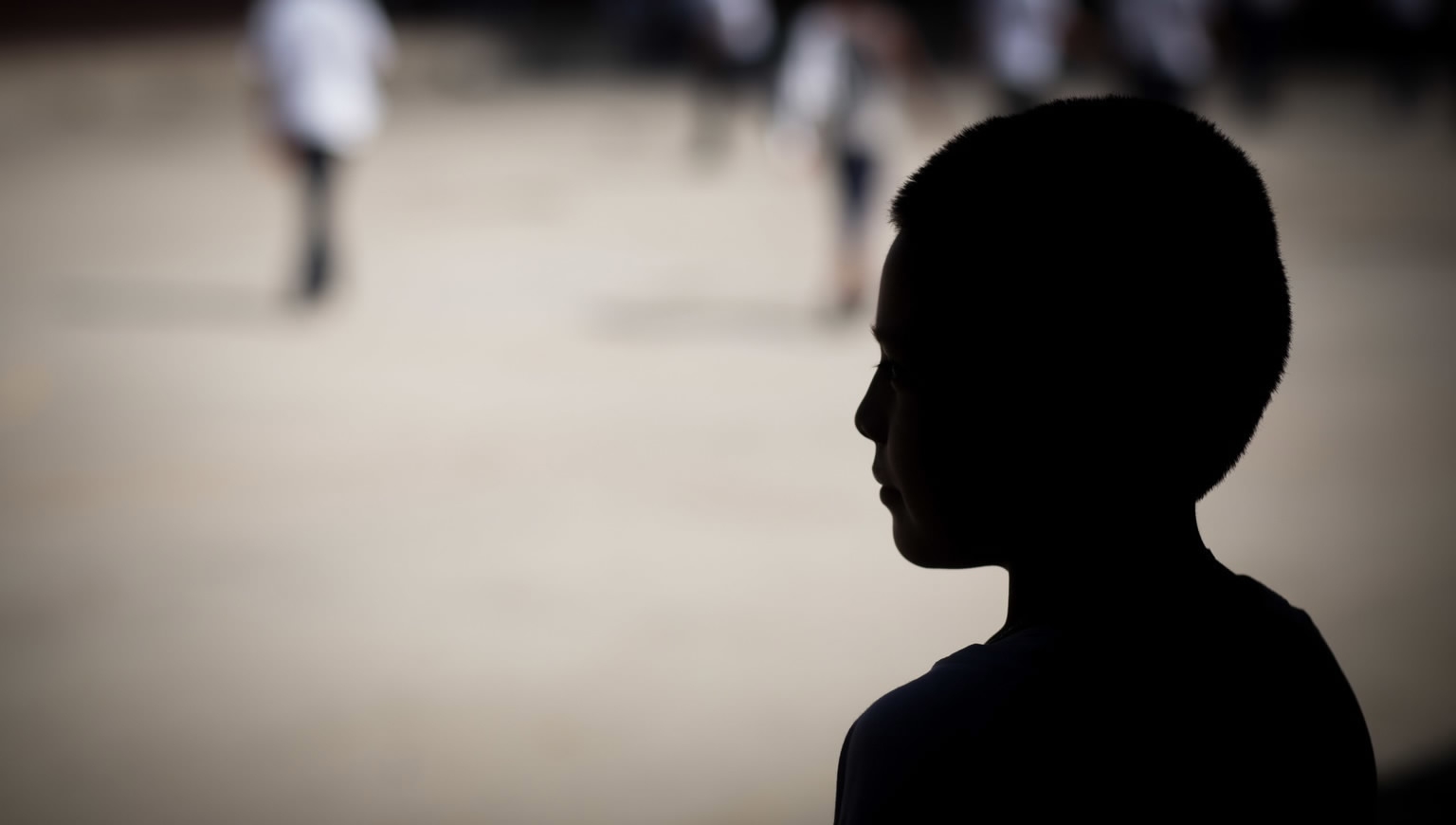Violence against children and adolescents remains pervasive around the world but a new report from the United Nations Children Fund (UNICEF) shows a significant amount of abuse occurs even within the home.
Three quarters of children aged two to four – nearly 300 million in total – are regularly subjected to violent physical and verbal abuse by their parents or caregivers at home, according to the report, which was published on Wednesday.
For 250 million of them, this took the form of physical punishment – including slapping, shaking and beating – leaving lifelong scars, UNICEF said.
Meanwhile, over one in four caregivers – or about 1.1 billion worldwide – said they believed physical punishment was an appropriate form of discipline, the report entitled “A Familiar Face: Violence in the Lives of Children and Adolescents” found.

Stuffed toys sit on top a covered TV in a house in Ponhea Leu district, Kandal province, Cambodia. /UNICEF/Fox Photo
Stuffed toys sit on top a covered TV in a house in Ponhea Leu district, Kandal province, Cambodia. /UNICEF/Fox Photo
This was as much the case in wealthy as in poor households, it said, calling for a “major shift in what societies regard as acceptable practices.”
Violence at school
Beyond the home, children were also exposed to violence at school: half of the world’s children aged six to 17 live in countries where corporal punishment by teachers is not completely banned, the report deplored.
One third of 13-to-15-year-olds – some 130 million in total – meanwhile experienced bullying, UNICEF said, also condemning the “disturbing trend of school shootings,” with 59 such incidents between 1991 and 2016 – 43 of which occurred in the United States alone.
Teenage homicides, sexual abuse
Every seven minutes, one adolescent is killed in an act of violence somewhere in the world, according to the report. Half of all homicides of 10-to-19-year-olds in 2015 occurred in Latin America and the Caribbean, accounting for about 70 deaths per day in the region.

UNICEF Goodwill Ambassador Priyanka Chopra visits the doctor's room and browses through a book containing medical affidavits at the Family Support Clinic in Chitungwiza town north of Harare, Zimbabwe. /UNICEF/Brazier Photo
UNICEF Goodwill Ambassador Priyanka Chopra visits the doctor's room and browses through a book containing medical affidavits at the Family Support Clinic in Chitungwiza town north of Harare, Zimbabwe. /UNICEF/Brazier Photo
While boys were the most common victims of this type of violence, sexual abuse predominantly affected girls. A total 15 million teenage girls aged 15 to 19 said they had experienced forced sex, with nine million saying this had occurred in the past year.
‘Morally indefensible’
“No society is without some level of violence against its youngest members,” UNICEF acknowledged in its report.
“Violence against children is often rationalized as necessary or inevitable. It may be tacitly accepted due to the familiarity of perpetrators, or minimized as inconsequential.”
It insisted however that “violence against children in all its forms, from the slap of a parent to the unwanted sexual advances of a peer, is harmful, morally indefensible and a violation of every child’s fundamental human rights.”
“To end violence against children, UNICEF is calling for governments to take urgent action,” the organization said.

Cinthya, 18, a volunteer at the COMVIDA Outreach Centre in Choloma, Cortes, Honduras who has been providing support to children and young people who have dropped out of school due to violence on May 7, 2016. /UNICEF/Amaya Photo
Cinthya, 18, a volunteer at the COMVIDA Outreach Centre in Choloma, Cortes, Honduras who has been providing support to children and young people who have dropped out of school due to violence on May 7, 2016. /UNICEF/Amaya Photo
This included educating adults and teachers, but also children about these types of violence, and encouraging them to report it; gathering data about such incidents more accurately; and more importantly, implementing stricter regulation on abuse at home and at school.
Currently less than 10 percent of children under five live in countries where corporal punishment is completely outlawed at home.
But change was happening, UNICEF noted: of the 60 countries where such laws existed, two thirds had passed them in the last 10 years.





